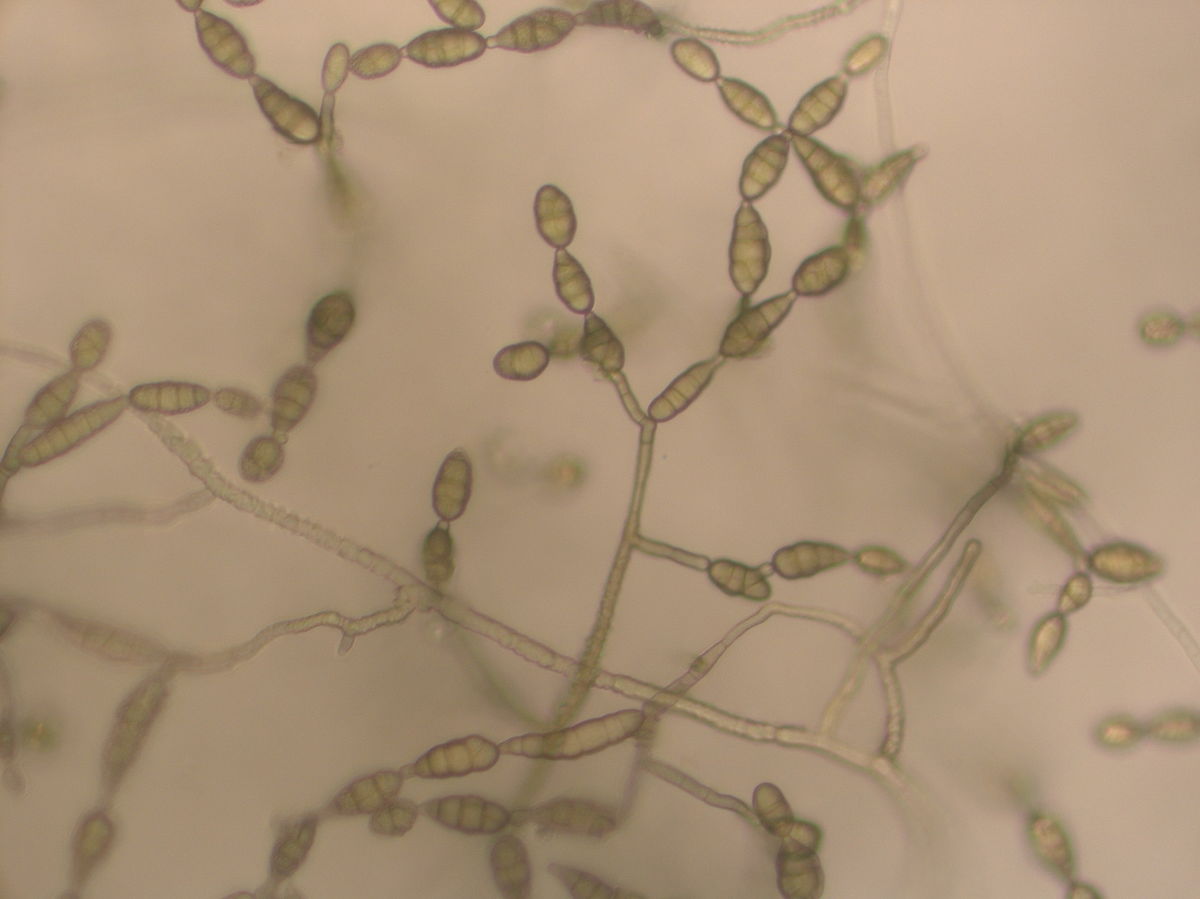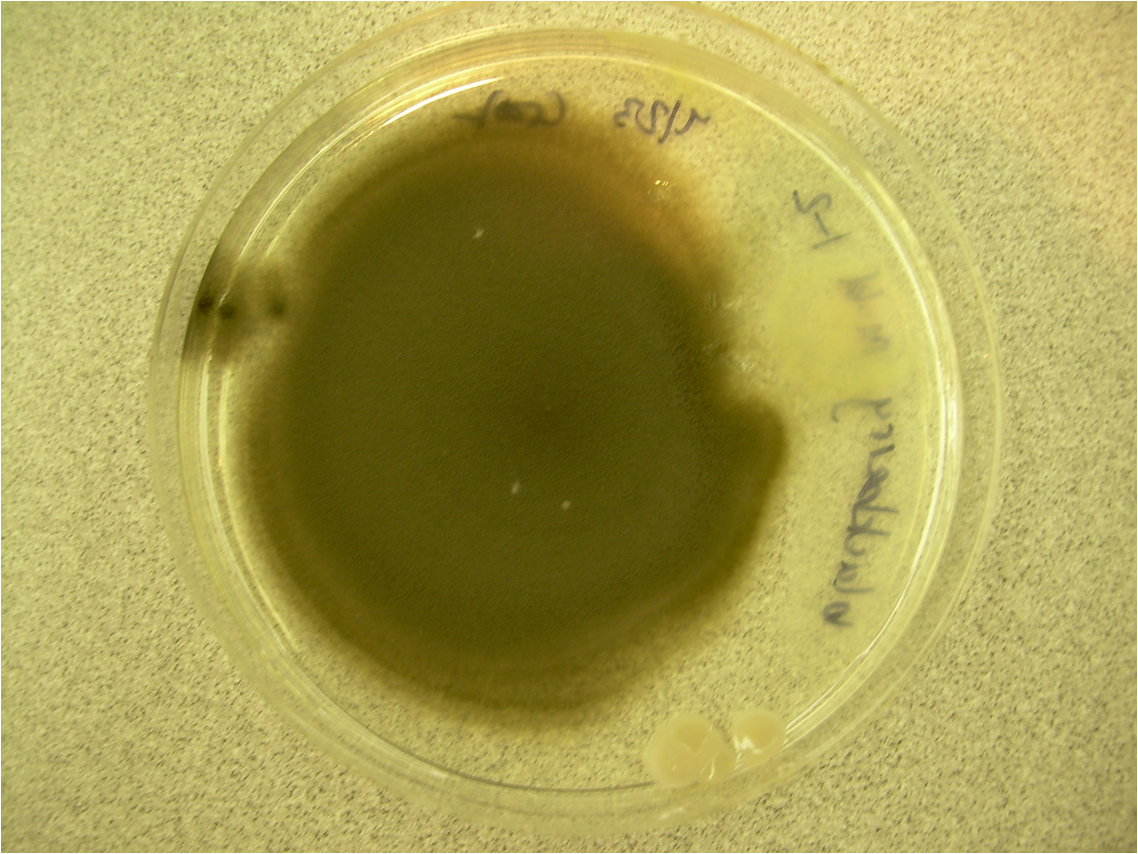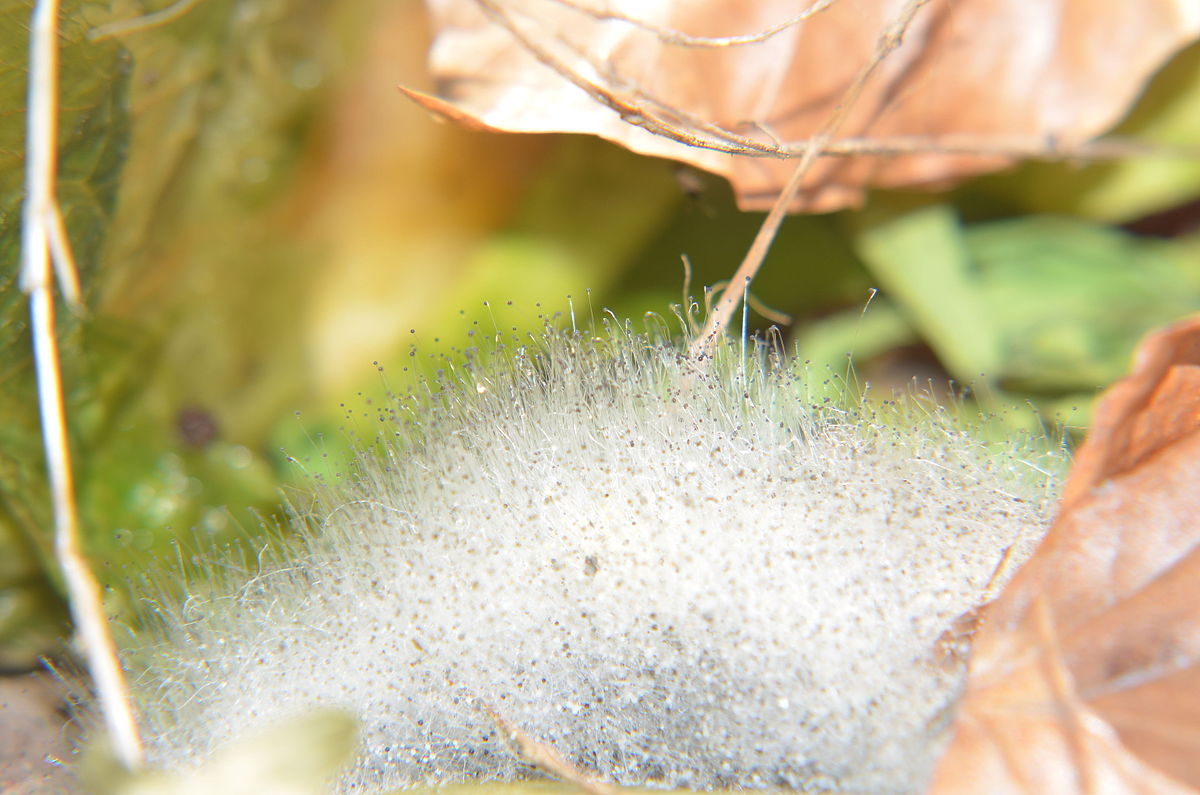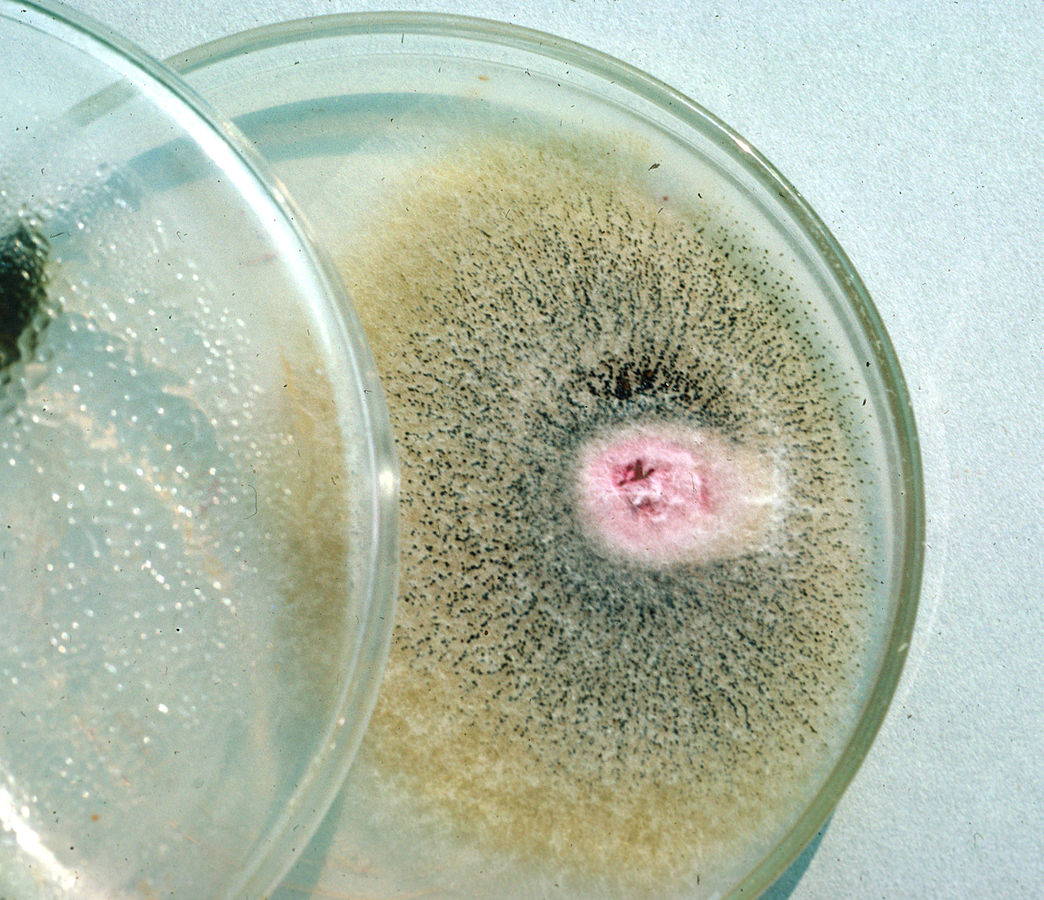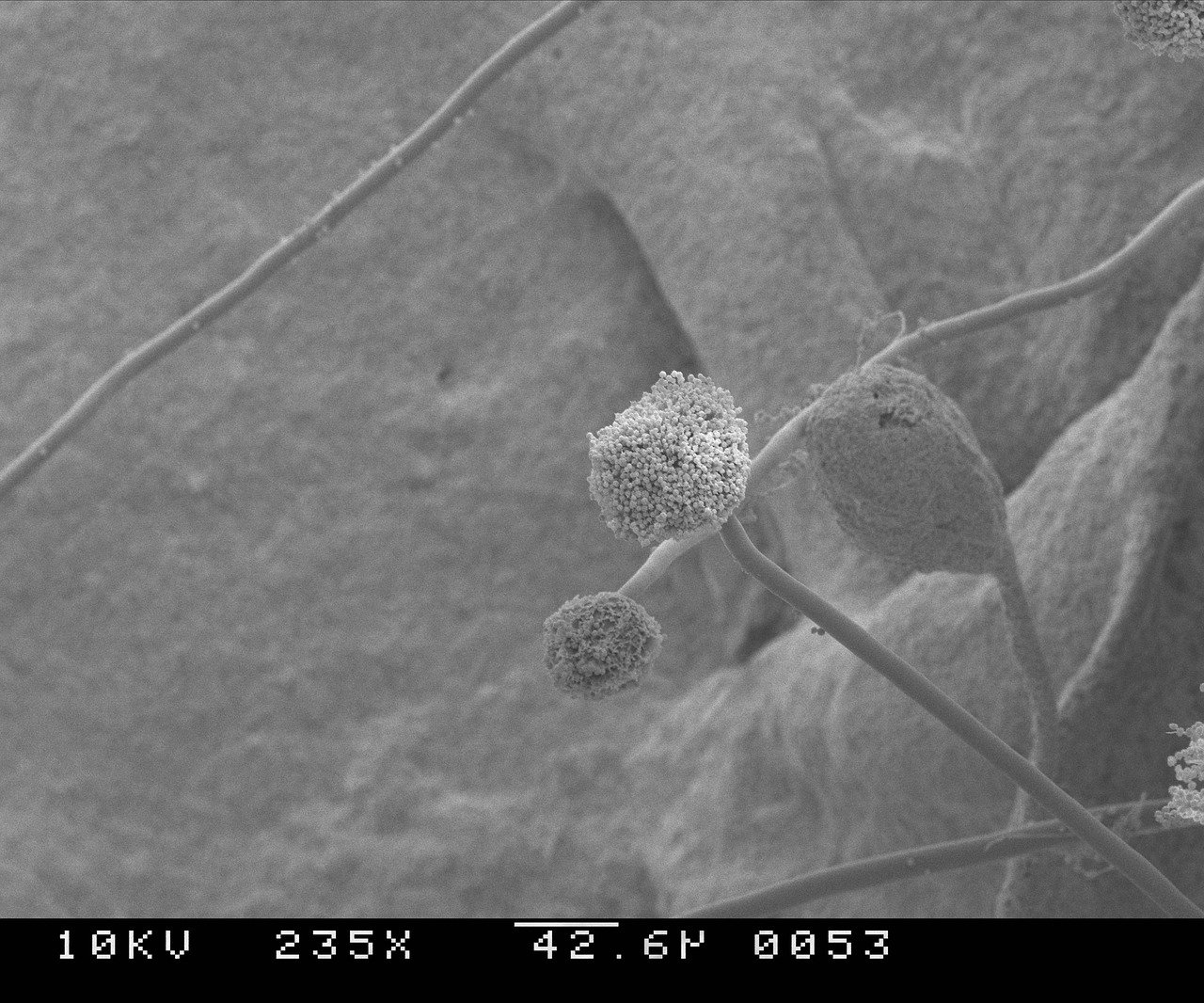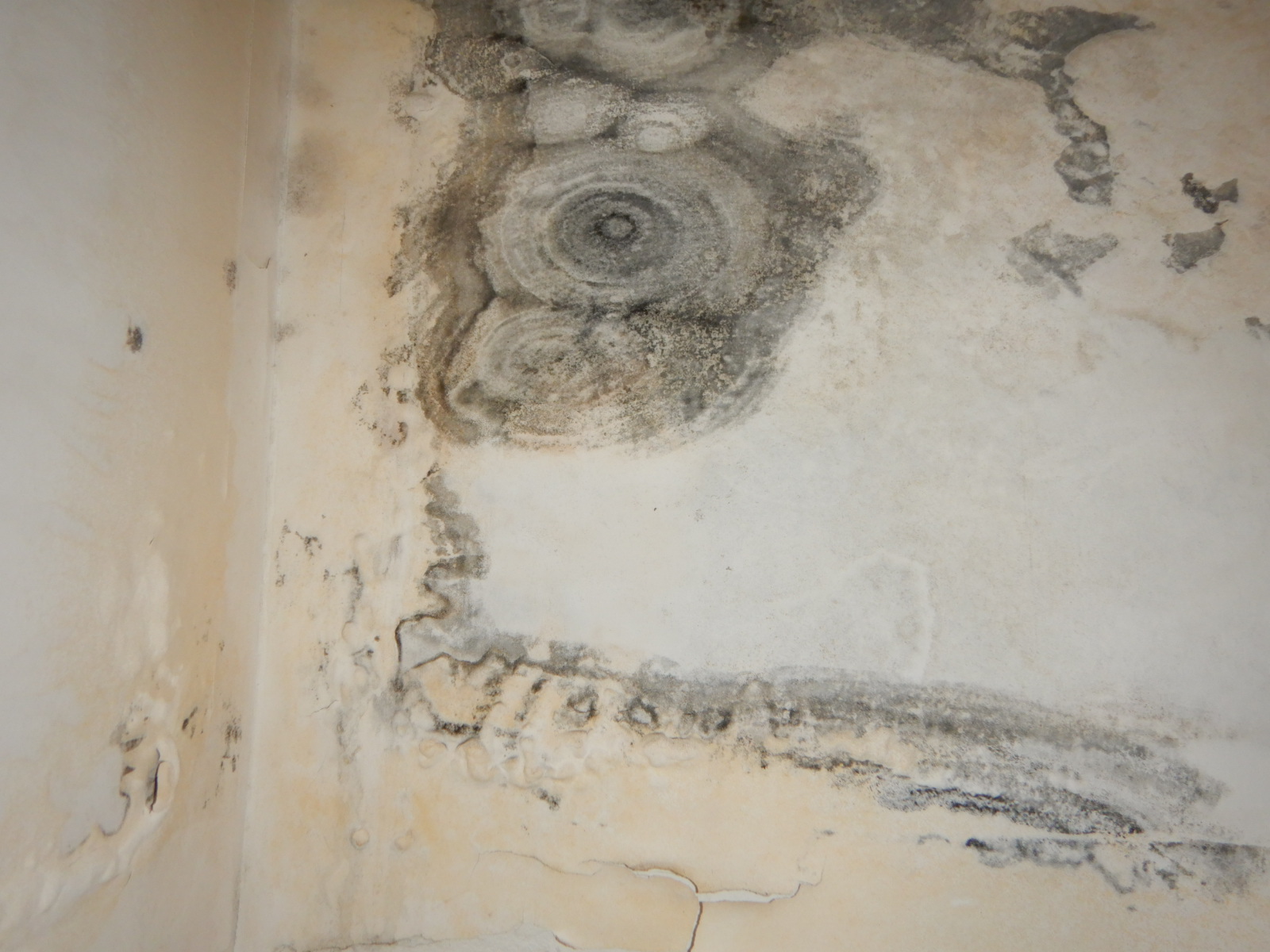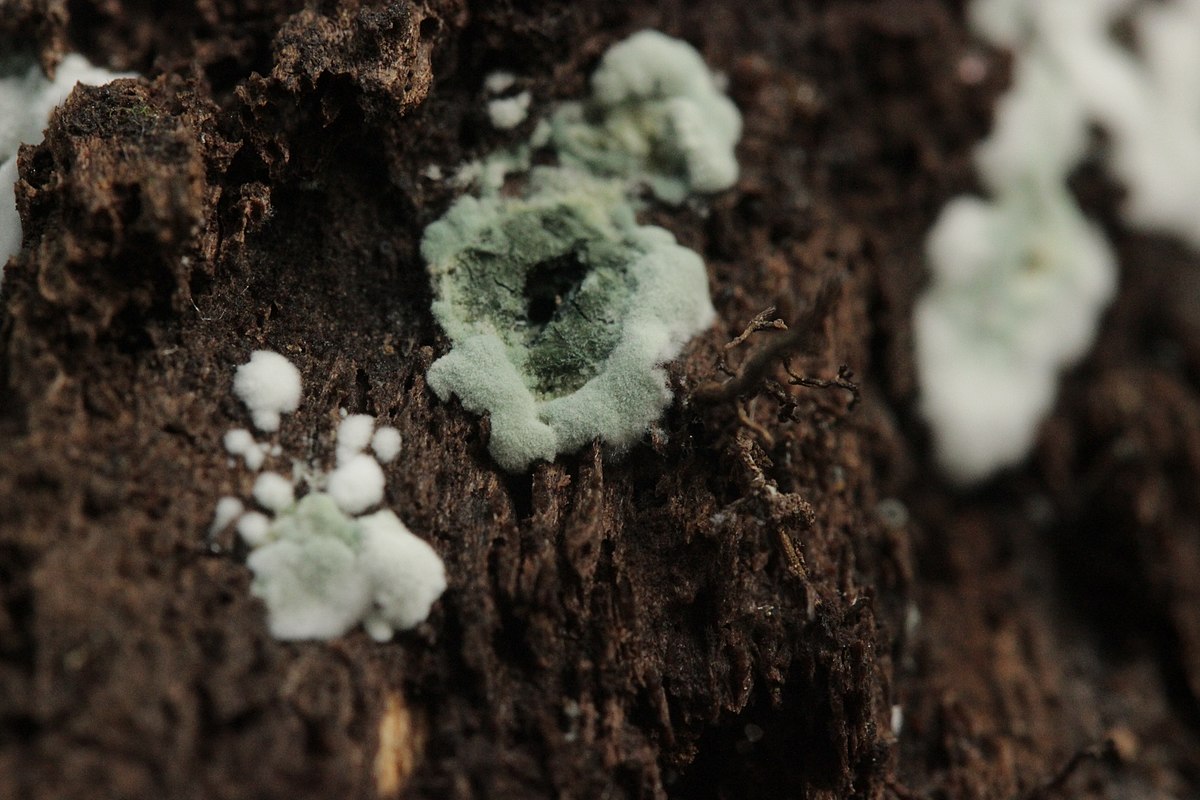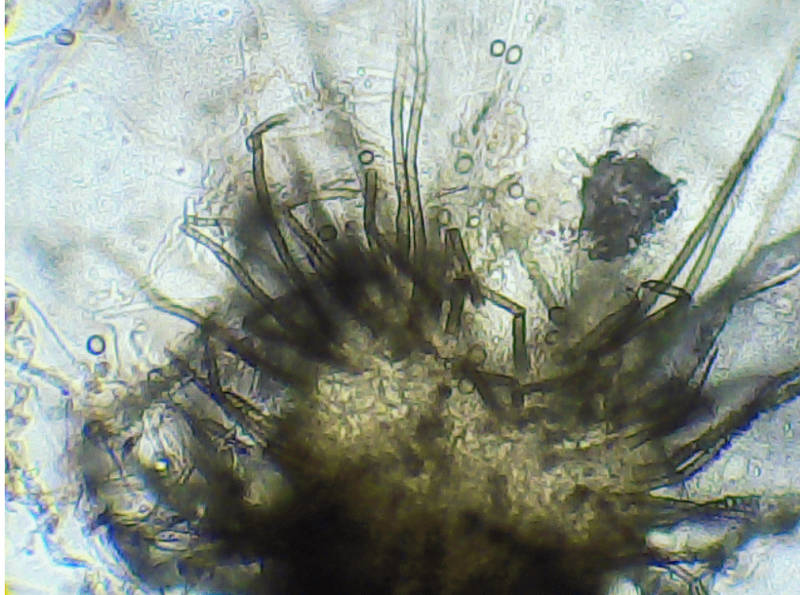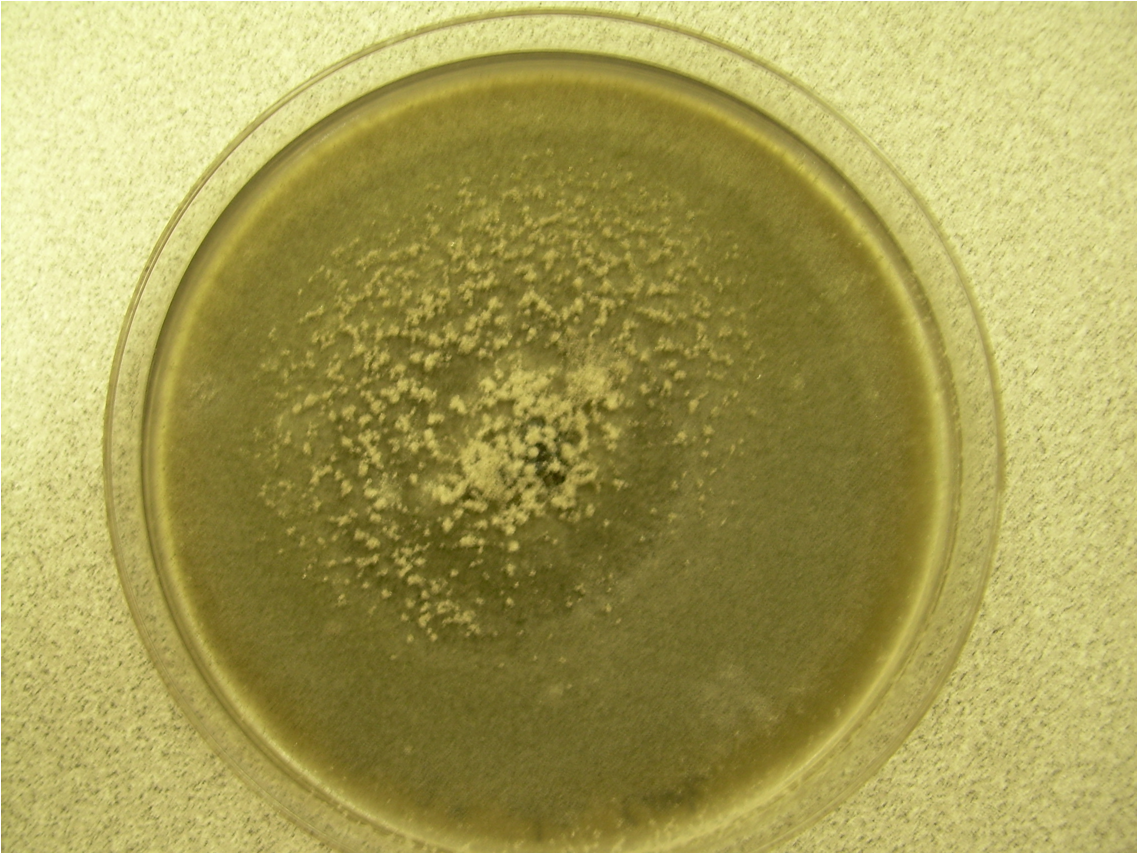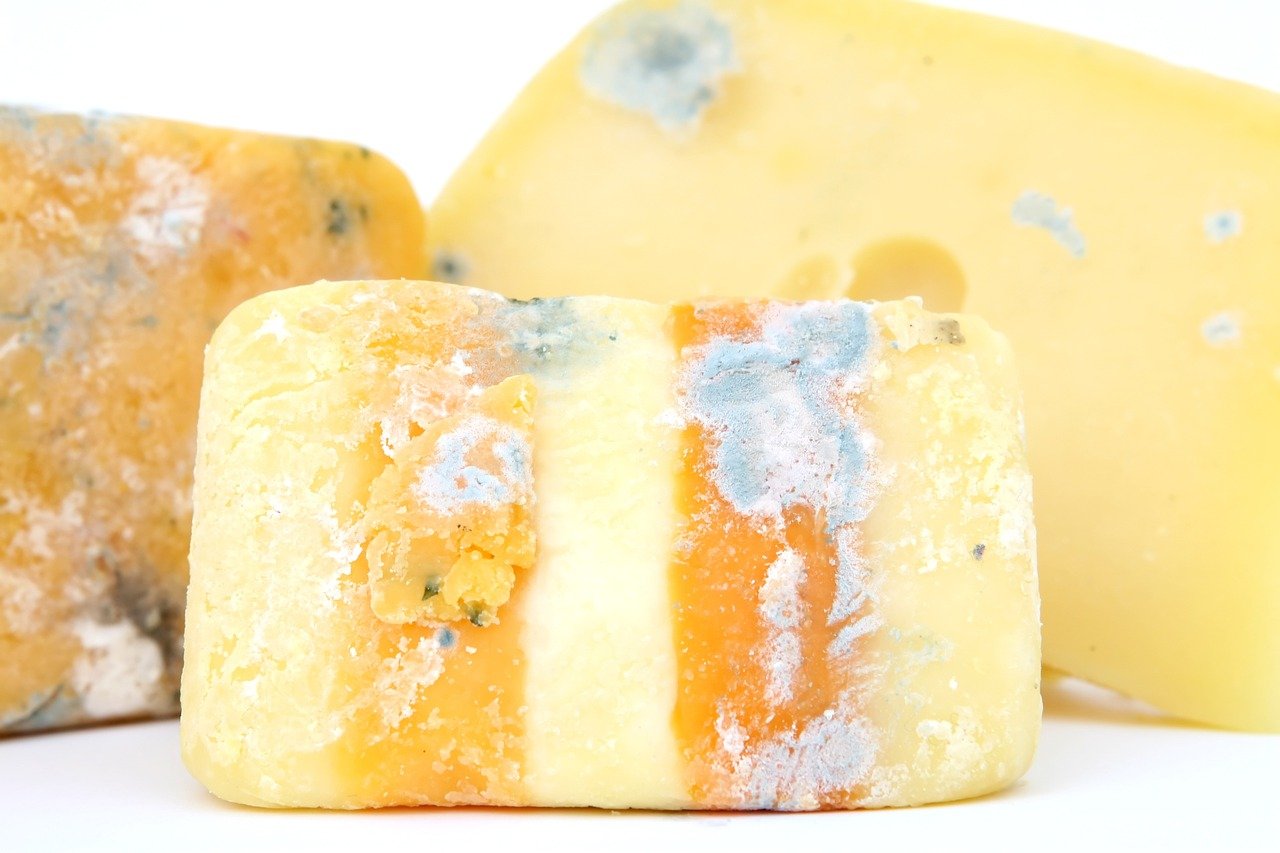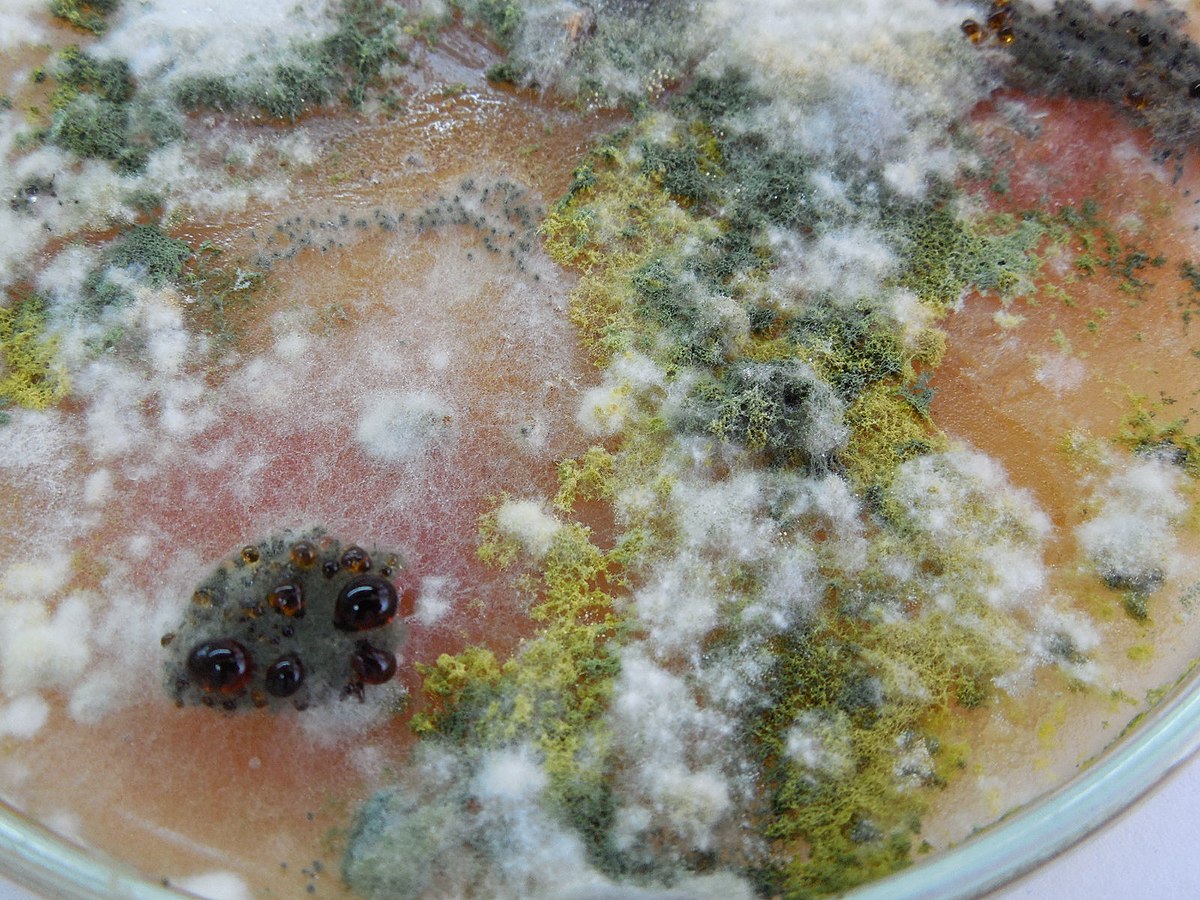
12 Common Types of Mold By 911 Water Damage Experts
Some people believe that mold is not that harmful. After all, it’s in our cheese, so surely it’s safe to live with! Instead, that’s far from the truth. Mold can be a toxic and dangerous substance that can cause serious harm to your health.
What’s more, it can grow at a rapid pace in homes, cars, workplaces, or anywhere with the right conditions. Once it starts growing, it can soon spread out of control. Before long, you need a mold removal company’s assistance to rectify the problem and stop it in its tracks.
And yes knowledge is power. The more you know about mold, the better prepared you can be to either stop its growth or prevent it from growing in the first place.
Here are some of the most common mold types you’re likely to stumble across. Though, with over 100,000 mold types out there, you just never know what could be lurking in your home.
1. Alternaria
Source: Wikicommons
Alternaria is one of the most common forms of allergenic mold. It thrives in damp places such as bathtubs, showers, and areas of your home with leaks, like under sinks. It presents as a dark brown or green mold with a velvet-like texture and is associated with water damage.
This mold type may be common, but it can affect your health. It can cause asthma-like symptoms while affecting your nose, mouth, and upper respiratory tract. Given that it’s also a fast-spreading mold, it’s crucial to take care of any leaks before calling in the experts for mold removal.
2. Aureobasidium
Source: Wikicommons
This allergenic mold is one of the most common types you’ll find behind wallpaper. It appears as a black, brown, or pink mold but can also turn darker as it ages. Left alone, aureobasidium can cause skin, nail, and eye infections, as well as skin rashes.
3. Acremonium
Source: Wikicommons
If you’ve noticed a strange orange, white, pink, or gray substance that almost appears powdery, you might be dealing with acremonium. This mold type thrives in condensated environments, so you often see it around humidifiers and window sealants.
Upon noticing this mold, it’s crucial to act fast. If left to spread, it may cause immune system problems, bone marrow disease, and even brain function impairment. It can also grow with other hazardous mold types, like Stachybotrys.
4. Cladosporium
Source: Wikicommons
Most mold types thrive in a specific set of conditions, but Cladosporium is less fussy. It will grow in warm and cold environments and tends to prefer fabrics, carpeting, and upholstery. It presents with an olive-green to brown color and can cause allergic reactions.
5. Mucor
This allergenic mold form is white or gray and is a fast-grower. It tends to prefer HVAC systems as it thrives on condensation and moisture. The most common symptoms associated with this mold type are fever, flu-like systems, and breathing difficulties. Long-term exposure can be more damaging, with fungal infections causing lung, brain, and sinus damage.
If you notice thick patches of mold growing around your air conditioning system, call a mold removal expert promptly.
6. Fusarium
Source: Wikicommons
Homeowners with water damage in their property may notice a pink-reddish or white mold known as fusarium. This mold type thrives in cold conditions and on fabrics, carpet, and wallpaper. It can cause skin infections, dermatitis, and allergic reaction symptoms.
However, long-term exposure to fusarium may even lead to life-threatening conditions such as nervous system damage, brain abscesses, and bone infections.
7. Aspergillus
Source: Wikicommons
Aspergillus is among the most common mold types to appear in the average American home. There are upwards of 185 different species of it, which means it can appear in various colors with unique-shaped spores.
It tends to grow in thick layers and can cause respiratory inflammation, asthma attacks, and lung infections. Some species of this mold can also produce aflatoxins, which is a deadly carcinogen.
8. Stachybotrys
Stachybotrys, also called black mold, is a toxic mold that thrives in areas of high humidity. It usually appears dark green but can also be black and slimy.
This mold type is incredibly dangerous. It can lead to breathing difficulties, fatigue, depression, aches and pains, and more. It’s also linked to pulmonary bleeding in infants and neurological problems in young children.
9. Trichoderma
Source: Wikicommons
Any moist or damp parts of your home can be an ideal base for the allergenic mold known as Trichoderma. This rapid-growing mold type shows itself as white with green and even takes on the appearance of wool. Some Trichoderma types can lead to liver and pulmonary infections, which is why mold expert intervention is paramount.
10. Chaetomium
Source: Wikicommons
With a cotton-like texture and pale coloring, it’s easy to miss Chaetomium. Though, it’s quite commonly found in water-damaged structures. One of the first things you’ll notice about a building with this mold type is the smell. Chaetomium releases a musty odor. It can cause skin and nail infections while also releasing mycotoxins that can be harmful to those with compromised immunity.
11. Ulocladium
Source: Wikicommons
Have you ever noticed black mold around your windows in kitchens and bathrooms? This may be a mold called ulocladium. It loves wet environments, which is why it thrives in water-damaged properties and high-condensation areas.
Ulocladium can cause serious health complications, such as allergic reactions, breathing difficulties, and skin infections.
12. Penicillin
Source: Penicillin
Most people will immediately know what mold they are dealing with when they see blue or green velvet-like mold: penicillin. Penicillin is an allergenic mold that grows in water-damaged structures. It prefers wallpaper, carpet, and ducting, and it’s a fast spreader.
While beneficial in antibiotics and food processing, it’s harmful in a home environment. It can cause a variety of health conditions like asthma and pulmonary inflammation.
Mold prevention strategies are your best defense. Fix any leaks in your home immediately, use air purifiers, and air your home out regularly. However, if mold of any type has already taken hold, it’s crucial to call in a mold removal team who can take care of the problem for the health of your home and family.

